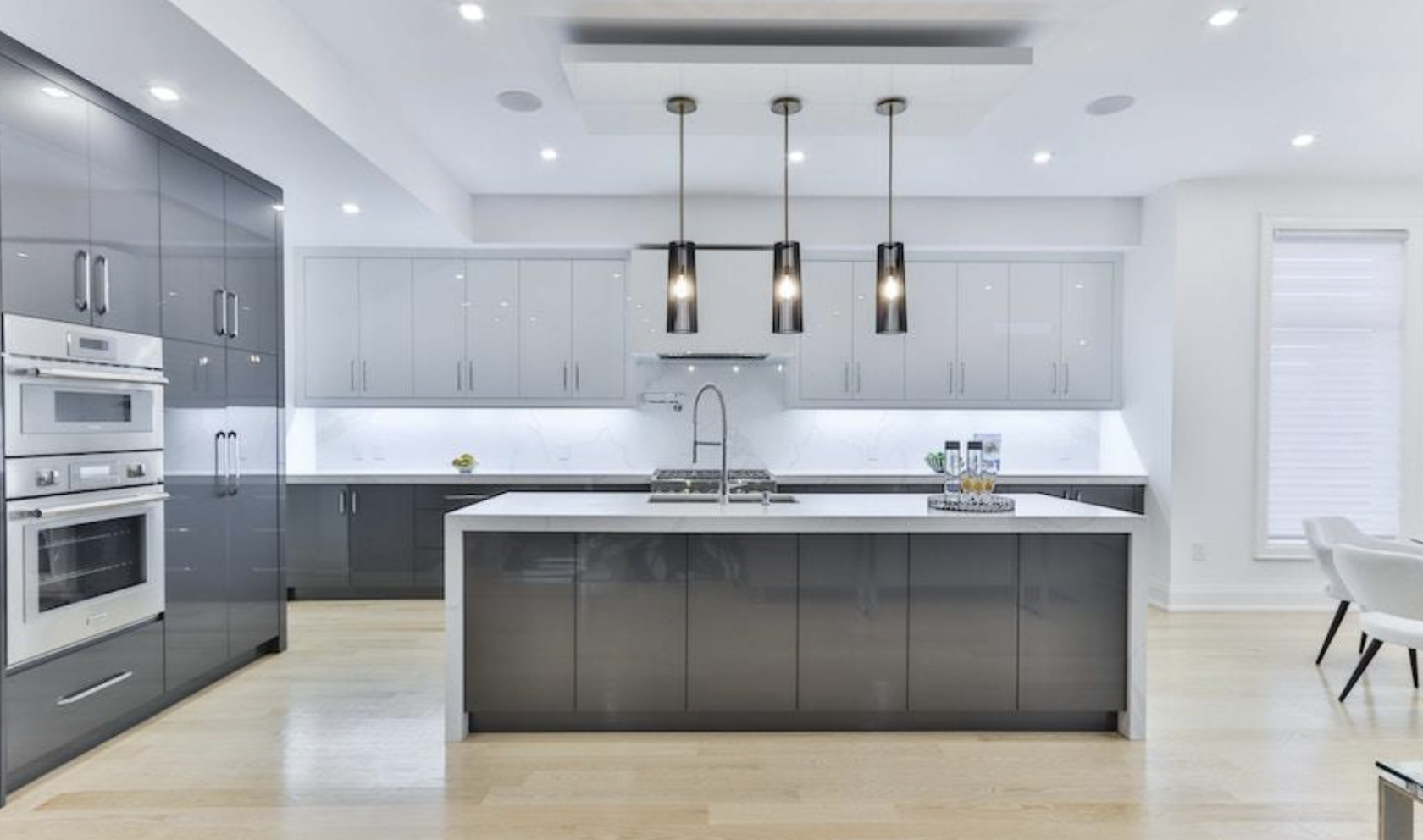How Professional Lighting Design Brightens Kitchens
Transforming the Heart of Homes in 30A

For homeowners in the beautiful 30A Area of Florida, the kitchen is more than just a place to cook—it's the heart of the home. Whether preparing a family meal, entertaining guests, or enjoying a quiet cup of coffee, the right lighting can make all the difference. That's where professional lighting design comes into play, transforming your kitchen into a functional, inviting, and aesthetically pleasing space. Let’s explore how professional designers approach kitchen illumination.
SEE ALSO: WHY SHOULD YOU INVEST IN PROFESSIONAL LIGHTING DESIGN?
The Role of Lighting in the Kitchen
Lighting plays a crucial role in the kitchen, affecting its functionality and ambiance. For example, poor lighting can make it difficult to see the color of your steak as you're searing it. On the flip side, well-designed lighting enhances your kitchen's functionality, making tasks like chopping and sautéing easier and safer.
Kitchen Lighting Types
When it comes to kitchen lighting, one size doesn't fit all. There are three main types of lighting to consider:
Ambient Lighting: This is the general lighting that illuminates the entire space. For example, a flush-mount ceiling fixture can provide a broad wash of light, making the kitchen feel open and inviting.
Task Lighting: This focuses on specific areas where you perform tasks. For instance, under-cabinet LED linear lighting can illuminate your countertops, making it easier to read recipes or chop vegetables.
Accent Lighting: This type of lighting is used to highlight specific design elements. For example, a pendant light over the kitchen island can draw attention to its surface while adding a touch of elegance.
Benefits of Professional Lighting Design
Investing in professional lighting design can bring a multitude of benefits:
Energy Efficiency: For example, using LED bulbs and fixtures in task lighting can reduce energy consumption by up to 80% compared to traditional incandescent bulbs.
Improved Functionality: A professional can strategically place task lights where you need them most, like over the stove or sink, enhancing your kitchen's usability.
Aesthetic Enhancement: With the right combination of ambient, task, and accent lighting, your kitchen can go from drab to fab. For instance, adding a dimmable chandelier can create a romantic atmosphere for dinner.
Key Elements of Professional Lighting Design
Light Layering: This involves using different types of lighting to create a balanced and flexible scheme. For example, combining recessed lights with track lighting can provide both general and focused illumination.
Color Temperature: The warmth or coolness of the light can affect the mood. For instance, a warm white light can make the kitchen feel cozy, while a cool white light is energizing.
Control Systems: Modern systems often come with smart controls that let you adjust the lighting from programmable wall keypads or your smartphone, allowing for different moods and settings.
Professional lighting design is more than just an aesthetic choice; it's an investment in the functionality and enjoyment of your kitchen. Want to work with a professional company that can do a lighting project from design to installation? Contact us here, visit our local showroom, or click the chat box below to quickly connect with one of our expert staff. We look forward to working with you!